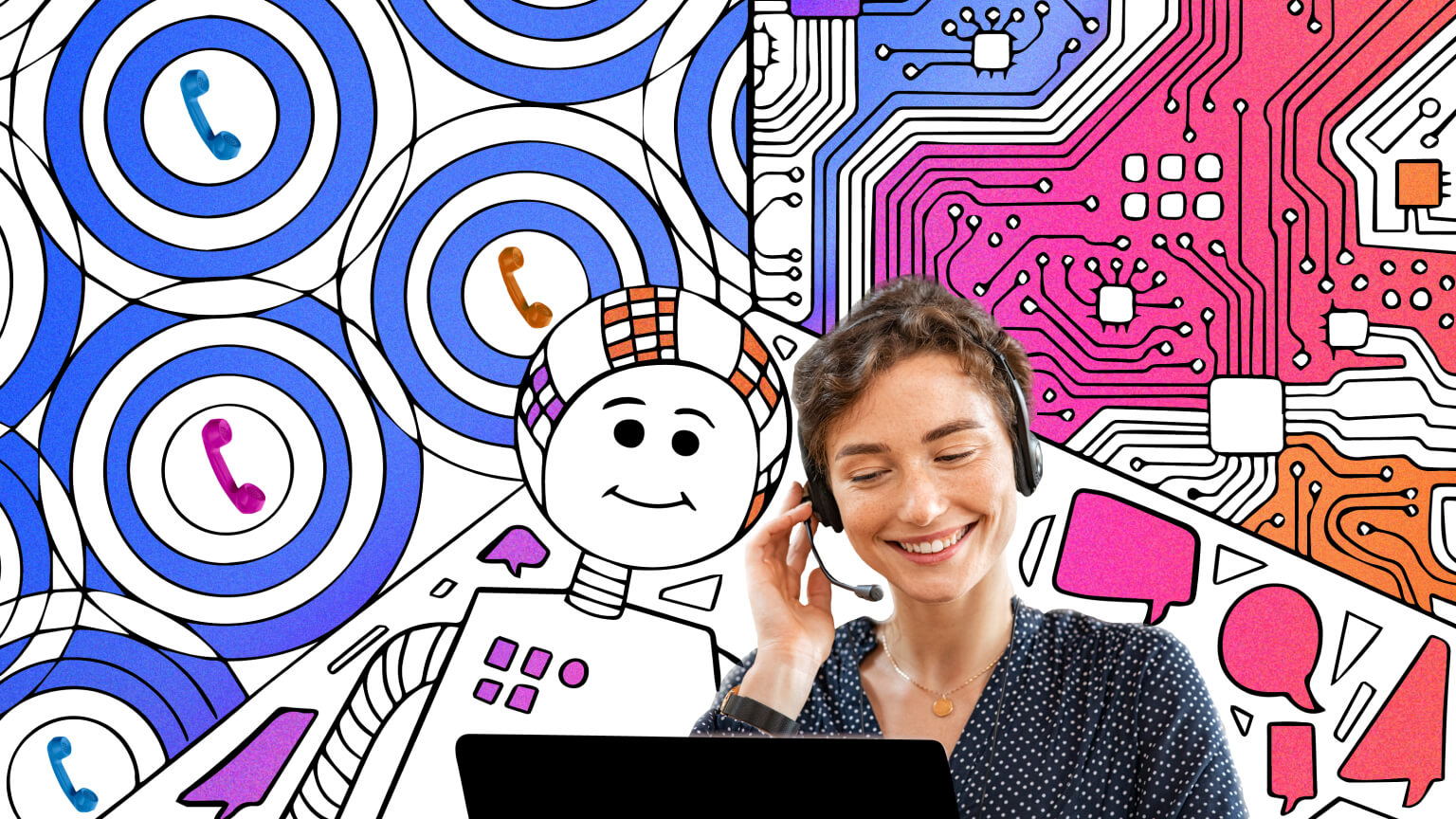article
Conversational AI that lives in the contact center, not the lab
Quality conversational interactions at scale, built by humans for humans
June 23, 2022 • 5 minutes

Conversational artificial intelligence is the practice of using AI to enhance the relationship between a brand and their consumers through messaging apps and other conversational interfaces. These conversations can be in the area of customer care, commerce, or even internal employee brand use cases like human resources or information technology. According to Britannica, artificial intelligence is “the ability of a digital computer or computer-controlled robot to perform tasks commonly associated with intelligent beings.”
What we have discovered, though, is that not all chatbots are created equal. The best results come when Conversational AI chatbots are guided by humans working alongside them. Follow along as we dive into how LivePerson creates conversational engagements built by humans for humans.
Conversational AI technology: Not just for data scientists
As we think about artificial intelligence, we picture scientists like Marvin Minsky or Alan Turing in their white lab coats toiling over machines that try to act like humans. We also think of Conversational AI technology like machine learning, natural language processing (NLP), natural language understanding (NLU), or neural networks that live in a black box and are hard to understand without an advanced knowledge of data science.
But in reality, artificial intelligence needs to be owned by the users of this powerful capability, not the scientists who create it. Hence, our AI doesn’t live in a lab, it lives in the contact center.
How natural language understanding improves with this approach
NLU is not only used to understand what the consumer is asking, but also to provide Conversational AI solutions that get the right answer to the consumer at the right time.
For example, a powerful NLU model can “translate” user intent — what the consumer wants to accomplish — and find the right answers, providing chatbots and human messaging agents with quick, quality responses. AI-powered chatbots can also act as a concierge, using intents to route customer service inquiries or sales questions to the best possible agent for success. Intents, coupled with performance data throughout the customer journey, can even provide insights into areas for improvement across the entire Conversational AI program, for human and bot agents alike.
All of these use cases benefit the contact center and, ultimately, the customer experience. But they require contact center expertise to properly interpret the data and proactively act on the analysis.
How contact center agents improve Conversational AI chatbots
1. Bots are just another type of agent. Like humans, they need to be coached, trained, and developed over time.
You can’t rely just on machine learning for this kind of coaching, either. It should be guided by human experts who know how to interact with consumers, i.e., your contact center agents.
Human agents can monitor bots and, when they see one go astray, send instructions to the bot to get the conversational flow back on track. They can even take over the conversation, ensuring the best possible outcome that benefits the brand and the consumer, such as a successful purchase.
These bot “managers” make complex, truly conversational bots successful, resulting in an amazing customer experience and significant impacts to customer support costs on the operational side.
Want an example? Take a look at how Virgin Media’s agents work together with their Conversational AI chatbots to gain 35% more efficiency while growing sales.
2. Agents know better than anyone how to interpret consumer messages into intent.
These agents can train and evolve the NLU to make it better at understanding human language in the context of your specific brand.
Yes, intuitive machine-learning tools can identify opportunities for new intents and new training opportunities for existing intents. But a non-technical resource, like a contact center agent, can build robust intent taxonomies that perform really well. These same agents then benefit from the improved NLU by getting better response suggestions and more capable virtual assistants for conversation management. In turn, this makes agents more successful and drives increased customer satisfaction and greater contact center success overall.
3. Human agents can help identify when bots get the intent wrong.
False positives — when a bot thinks it understands intent but matches the wrong intent — are very difficult to identify, often only through significant, labor-intensive transcript analysis. When human agents are handling an escalated conversation, however, they can flag these failures in real time while interacting with the consumer.
This informs the owner of the NLU. They can then use these annotations to make the bots better, reducing escalations and driving better customer experiences. Likewise, human agents can annotate unmatched consumer phrases to the correct intent from right within the conversation workspace. We make this easier with AI Annotator in our Conversational AI platform.
How implementing Conversational AI can improve career paths
Traditionally, contact centers do not provide exciting career opportunities.
When I worked in the contact center as a technical support agent 23 years ago, the career trajectory was basically agent to manager to next level manager and so forth. There was little to no opportunity to break out into other roles. Because of this, we see very high turnover in contact centers. High attrition rates due to low agent morale is a common contact center challenge, and it’s a major driver of contact center costs. Plus, entry-level positions do not provide many exciting opportunities.
That is no longer the case. Conversational AI has the ability to change the status quo, thanks to new opportunities in bot development and management, conversation design, intent taxonomy, and conversational analytics.
Contact center agents are learning new, AI-related skill sets for these opportunities, which are reinvigorating agent roles and reducing churn across agent populations. In a world where there is a fear of being replaced by automation — ahem, Conversational AI chatbots — we can now embrace that automation through roles previously only available in the computer science lab.
So, as you can see, the fundamental users of Conversational AI are in the contact center, interacting with consumers regularly. AI may be built in a lab, but it needs to live in the contact center to thrive. It’s the only way to provide Curiously Human experiences for consumers at scale.

